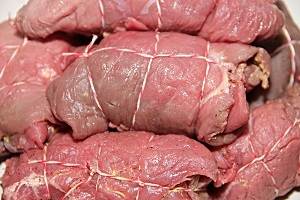A difficult year for the meat sector in Romania
2018 was a difficult year for the meat market, given that the swine fever plagued the Romanian farms, which put pressure on the local raw material which already covered in a very small proportion the local consumption need.
If players like Smithfield, the largest company in the meat industry, have fully felt the effects of swine fever, sausage producers and other players in the meat market have reported bigger deals in 2018. In fact, Romanians remain big consumers of meat, but also of sausages. According to the data from the market research company Market Vector, Romanians spend 882 million euros annually on processed meat products, the most popular being the salami (43% of sales), followed by specialties such as kaizer (16%), wieners (13%) and sausages (11%). In total, 139,000 tons of such products are consumed annually, ie 7 kilograms a year per capita.
This market is a fragmented one, with several hundred players - producers and distributors. However, the first five players cover 58% of the entire market. Unlike other segments of the food market such as dairy or sweets where the games are played by foreigners, the meat market struggles especially with players with local shareholding, entrepreneurial businesses built in capitalism such as Cris-Tim, Unicarm, Agricola Bacau, Meda Prod 98 and Angst.
The market for processed meat products is just a segment of the entire meat market valued at around 3 billion euros annually. The consumption of such products was hit by the crisis, but it subsequently recovered against the backdrop of an increase in purchasing power. On the other hand, the consumption of poultry meat in Romania is about 23 kilograms per year, according to the latest data. The biggest players on the poultry market are Transavia (Fragedo), Aaylex (Coco Rico) and Agricola Bacau (Puiul Fericit), all companies being controlled by Romanian entrepreneurs.
Source: ZFCorporate
